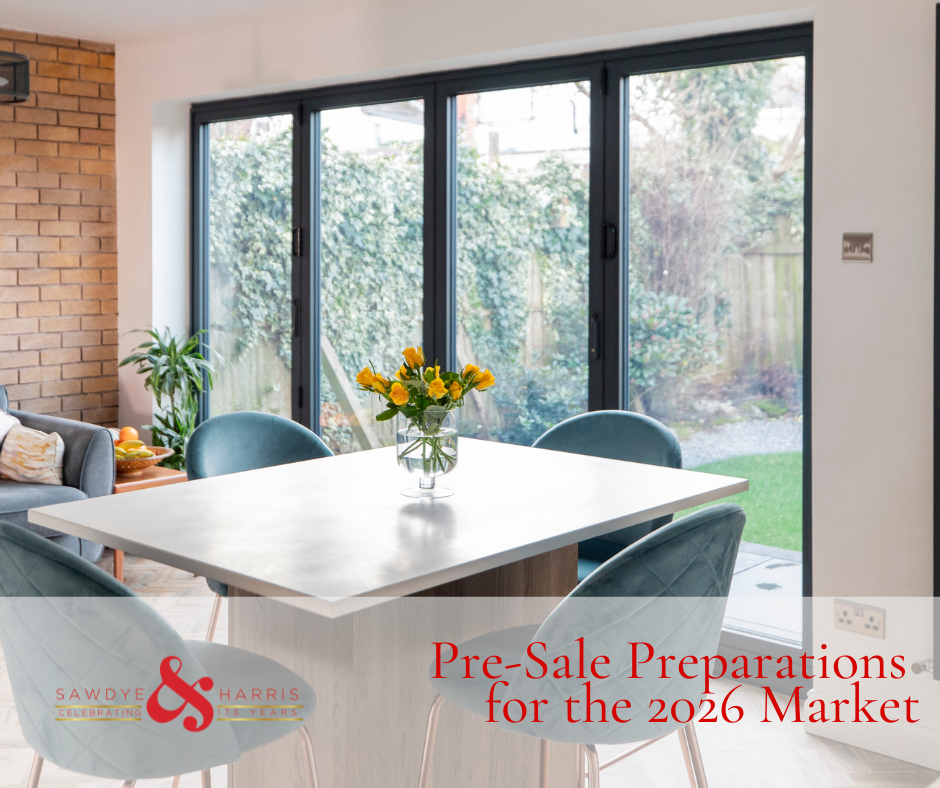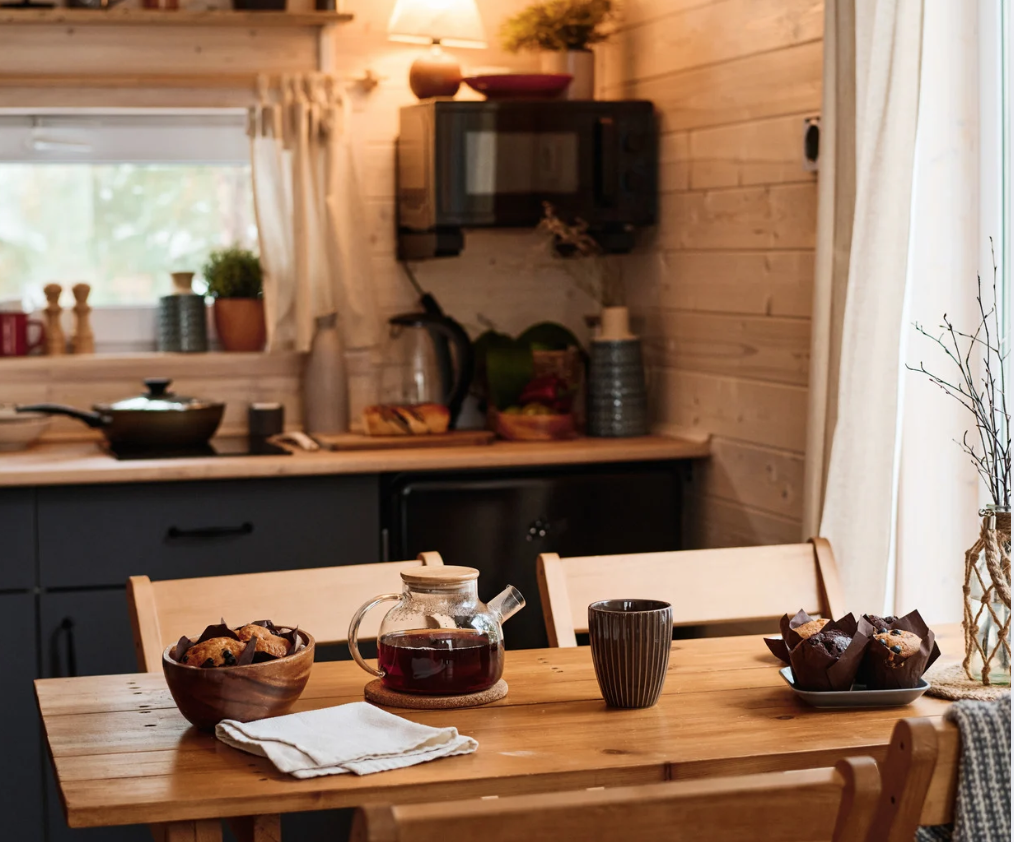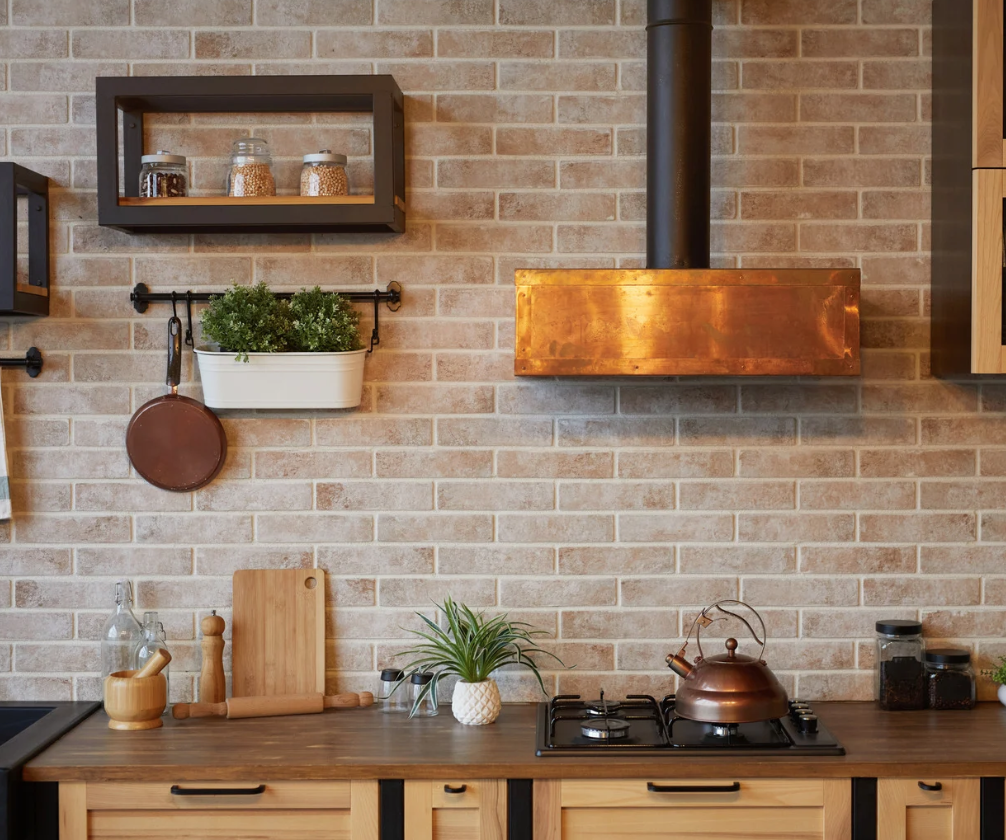“Transform Your Home with the ‘Wow’ Factor!”
We’ve all heard the advice from property experts: give your home that elusive ‘wow’ factor. But what does this really mean? How can you achieve it, and is it truly worth the time and effort?
What Exactly is a ‘Wow’ Factor?
The ‘wow’ factor is that special something that elevates a home from ordinary to extraordinary. It’s what makes a space memorable, turning a simple house into a beautiful home that leaves a lasting impression.
How Can You Create This ‘Wow’ Factor in Your Home?
It may be simpler than you think. Sometimes, all it takes is a touch of lifestyle flair in your kitchen; perhaps a stylish vase filled with limes, or adding some contemporary houseplants.
Maybe you could consider refreshing a room's décor with contemporary cushions, rearranging furniture, and adding stylish elements like flowers and luxury home magazines.
Bedrooms often feel neglected, especially if they’re not frequently used. Treat these spaces to new luxury bedding, (plain cream or white is best) a plush throw, and perhaps some eye-catching artwork for the walls.

Is It Worth Investing Time and Money into Styling?
As I write this, the housing market is quite competitive, with homes selling quickly-often above the asking price. While it may seem easy to sell your home regardless of its condition in today’s market, investing some tender loving care can significantly enhance its appeal for two main reasons:
-
When the market shifts, your home will still shine brightly amongst others.
-
Even in a seller’s market, you want to ensure you’re not leaving money on the table by competing against better-styled homes.
Styling doesn’t have to be complicated or costly; adding that ‘wow’ factor can be quick and easy. If you’re feeling inspired and ready to make some tweaks, here are 12 simple ways to impress your buyers:
-
Make a Bold Statement
Add an eye-catching piece to your entryway - be it a large photograph, original artwork, or an oversized vase - to instantly grab attention and spark interest.
-
Showcase Your Best Features
To create an airy feel, consider moving or removing excess furniture, especially if it’s blocking doors or windows. This allows potential buyers to envision their own belongings in the space without distractions.
-
Romance Your Buyers
Set the mood during viewings with soft lighting, scented candles, and gentle music. Remember, buyers often make emotional decisions, so help them by creating the right atmosphere.
-
Create a Culinary Experience
With cooking shows inspiring many of us, make your kitchen inviting to the cooks. Leave an appealing cookbook open alongside striking cookware and gourmet ingredients.
-
Opt for Subtlety in Bedrooms
Strong colours can be overwhelming; instead, choose light hues with crisp white bedding and soft accents for a tranquil feel reminiscent of luxury hotels.
-
Make Sure You Showcase a Dining Area
No matter how small, create an area for dining in your home. You don’t need to set the table, but adding placemats and some flowers helps set the scene.
-
Add Colour Sparingly
If your home feels too neutral, introduce colour through soft furnishings like rugs or cushions to enliven the space without overwhelming it.
-
Use Mirrors Wisely
Mirrors can enhance light and create an illusion of space. Consider placing one above a fireplace or in narrow hallways to brighten up those areas.
-
Use Flowers and Plants to Add Interest and Colour
Elevate your hallway, kitchen, bedrooms and even bathrooms with flowers and plants. They make homes feel more welcoming, and draw attention to key features, whilst brightening up dark corners.
-
Highlight the Fireplace
Keep your fireplaces clean and styled with logs and add candles as a great way of showing off your fireplace without lighting it.
-
Make Bathrooms Shine
Tidy away everyday items and ensure everything sparkles. Fresh towels and luxurious toiletries can transform your bathroom into a spa-like space.
-
Enhance Your Entrance
Don’t overlook your front door; a classic colour or stylish plants can create an inviting first impression that wows potential buyers right from the start.

As you can see, we’re passionate about styling homes to captivate buyers. Our experience shows that well-styled properties attract more viewings and positive feedback.
If you're interested in exploring how styling could benefit your home-whether it’s just a little touch-up or a complete makeover-we’d love to share our ideas. Get in touch with us and let’s make your home irresistible to buyers.













